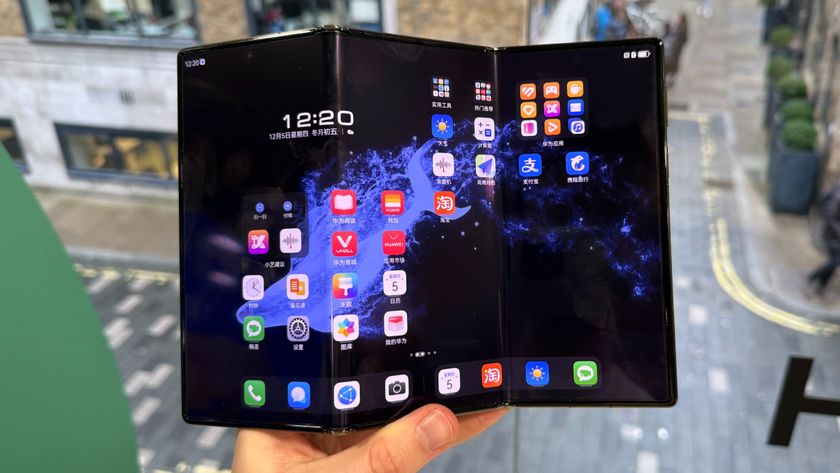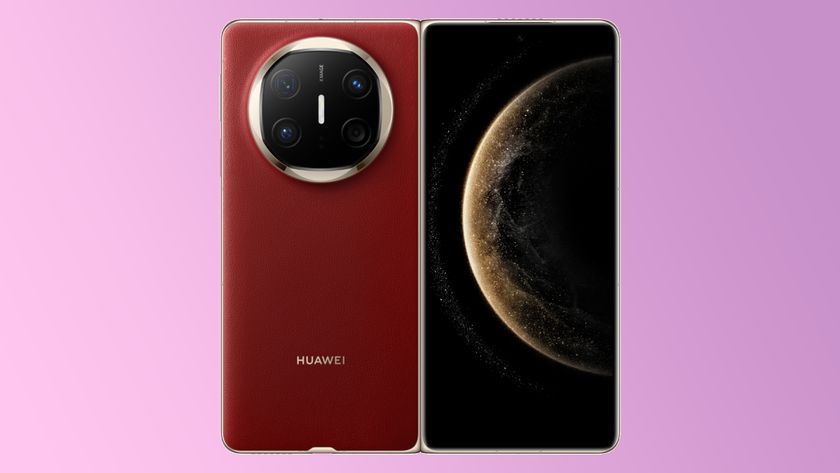Best Huawei phones 2022: find your perfect Huawei
There are a lot of great Huawei phones, but are they worth the risk?
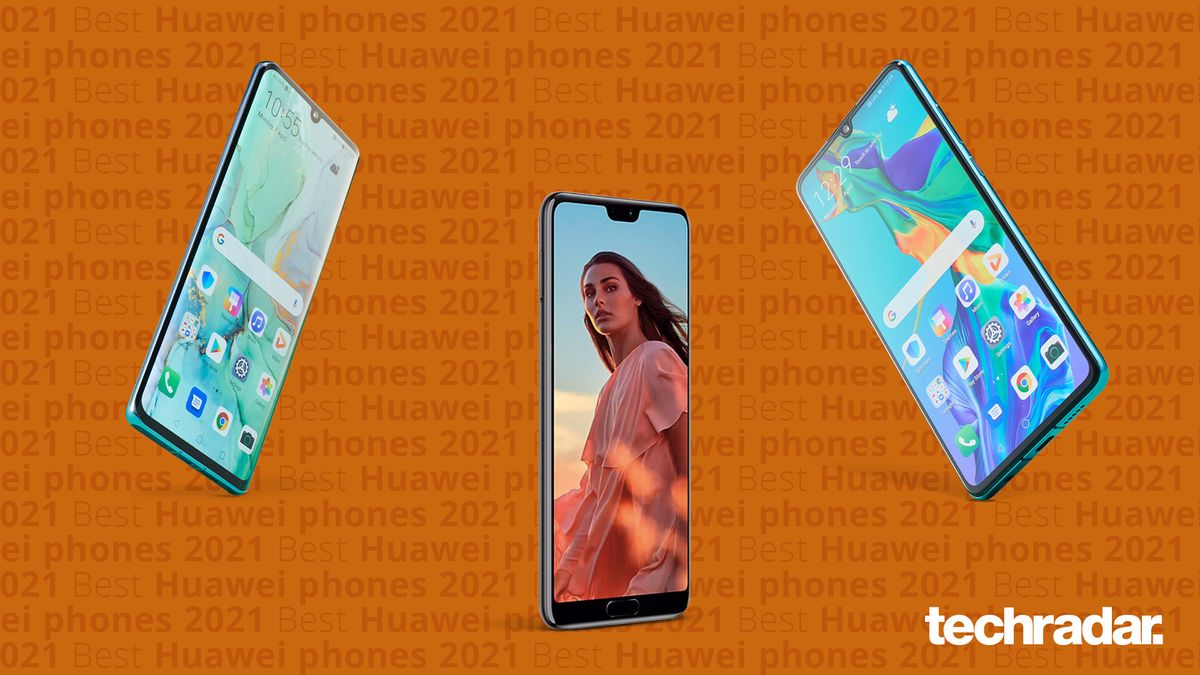
If you're looking for some of the best camera phones, the best Huawei phones match that brief. As well as that, they're stylish and powerful.
The catch? Since a trade ban from the US government, the latest Huawei phones can't run Google Mobile Services and they don't even have the Google Play Store. That's a big issue for many people living in Western markets who are used to other Android smartphones offering the functionality.
That also means the phones are not typically available in the US either. While Huawei has started offering its own operating system called HarmonyOS 2, it doesn't really solve the problem.
Things get more complicated too. The company's latest flagships like the Huawei P50 and Huawei P50 Pro aren't available in many regions, despite launching in China back in August 2021. However, the P50 Pro is slowly becoming more widely available which is why it now features on our list.
You may need to be patient and make some compromises if you want one of the best Huawei phones, but there are some excellent handsets to choose from.
We've ranked them below. Alternatively, you can check our guides to the best phones, best Android phones, or the best cheap phones for other options.
Best Huawei phones 2022
Why you can trust TechRadar
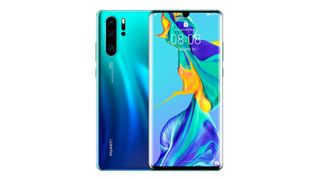
Specifications
Reasons to buy
Reasons to avoid
The Huawei P30 Pro is the best Huawei phone you can buy right now. It's also one of the best phone we've used when it comes to photography, with the cameras being the P30 Pro's real party piece, providing staggeringly good 5x and 10x zoom, and a digital 50x zoom with gets you insanely close to objects far off in the distance. Its low-light capabilities are also top-notch.
The large 6.47-inch screen on the P30 Pro may 'only' have a Full HD+ resolution, but it's bright, clear and colorful providing an excellent canvas for your apps and games.
There's no worry when it comes to the P30 Pro potentially running out of juice, the battery life here is excellent. We regularly got to the end of the day with 30% or more left in the tank.
The P30 Pro not only sets a new standard for Huawei, it sets a new standard for the entire mobile industry. Its cameras are quite simply astonishing, the design is eye-catching and the power plentiful. It’s a true flagship smartphone.
Read more: Huawei P30 Pro review
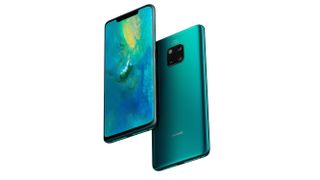
Specifications
Reasons to buy
Reasons to avoid
The Huawei Mate 20 Pro is a brilliant all-round phone, offering up a heady mix of design, power and performance with a few party pieces thrown in too.
It builds on the excellent P20 and P20 Pro offering up even more screen, enhanced triple rear cameras and an in-display fingerprint scanner.
The Mate 20 Pro packs a huge 6.39-inch display giving you a large amount of space for gaming and movies, and its QHD resolution and HDR10 support ensures everything looks great. There is a wide notch at the top of the display though.
It also boasts three cameras on the rear, nabbing the excellent 40MP wide-angle and 8MP telephoto lenses from the P20 Pro - but the third sensor is new. It's an ultra-wide 16MP snapper allowing you to cram even more of your surroundings into each shot.
The Mate 20 Pro is a full-featured phone for a full-featured price - it even has a few tricks you won’t see elsewhere, and more powerful specs than most of its competitors.
Read more: Huawei Mate 20 Pro review
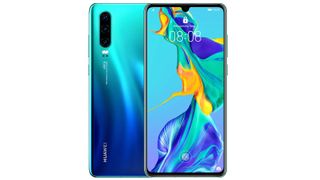
Specifications
Reasons to buy
Reasons to avoid
The Huawei P30 has a smaller screen than the P30 Pro, and makes do with just the three rear cameras and a maximum zoom of 30x, but it's still one of the best Huawei phones around.
With a 6.1-inch display the P30 is a little easier to manage in the hand than its larger sibling, and with a Full HD+ and plenty of colour it's a top smartphone screen. You can expect to get excellent battery life from the Huawei P30, with the phone often lasting a day and a half on a single charge without issue.
While the three cameras on the rear aren't quite as good as the four on the P30 Pro, they still offer up an impressive shooting experience with 5x, 10x and 30x zoom and great low-light abilities.
There's heaps of power, a handy headphone jack (something the Pro can't boast) and a more manageable form factor for one-handed use. And of course, it's a little cheaper too.
Read more: Huawei P30 review
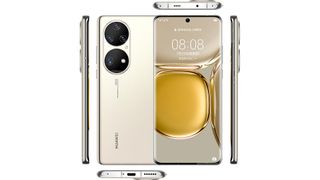
Specifications
Reasons to buy
Reasons to avoid
The Huawei P50 Pro looks and feels great. The ideal size, it has a polished metallic surface that attracts fingerprints but looks gorgeous. A 6.6-inch OLED screen means it's ideal for watching movies on with a 120Hz refresh rate ensuring it can keep up with fast moving scenes.
Specs wise, it's powerful too with the Snapdragon 888 chipset powering proceedings. A set of four AI-powered Leica cameras with the primary wide camera offering a 50MP sensor means it's great for taking beautiful images.
The only letdown here is that color management is a little flawed with the ultra-wide lens and telephoto lens, but for the average snap, it's a delight.
Read more: Huawei P50 Pro review.
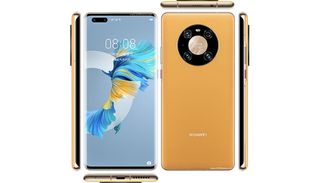
Specifications
Reasons to buy
Reasons to avoid
Easily one of the best phones around in terms of hardware, the Huawei Mate 40 Pro suffers for the lack of Google apps and Play Store but if you simply want great photos and a gorgeous screen, this is the one for you.
It moulds into your hand perfectly thanks to its curved design that feels great, and it handles pretty much everything you throw at it enthusiastically. Photography wise, it takes fantastic photos and has an extensive range of tools to enhance them further.
However, with the lack of Google apps support, you will be restricted with what you can download to this phone, and it does feel rather pricey to be so limited.
Read more: Huawei Mate 40 Pro review
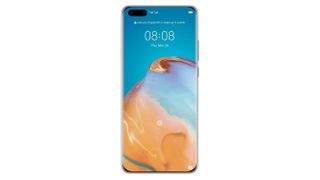
Specifications
Reasons to buy
Reasons to avoid
The Huawei P40 Pro should be the best handset Huawei has ever made. After all, it’s an upgrade on the Huawei P30 Pro in most ways, with a superb quad-lens camera, phenomenal life from its 4,200mAh battery, and a stylish design, with curved glass on all four front edges.
You also get flagship power from the P40 Pro’s Kirin 990 chipset, plus a great screen with a high 90Hz refresh rate.
So why isn’t this Huawei’s best phone? Because like other recent Huawei handsets it lacks Google Mobile Services, meaning no Google apps (such as Maps) and more importantly no access to the Google Play Store. So you have to get your apps elsewhere, and the selection is more restrictive.
As such, the Huawei P40 Pro finds itself in the awkward position of being a lesser handset than its predecessor. But the hardware is great, so if you can live without Google on your phone then it’s still well worth considering.
Read more: Huawei P40 Pro review
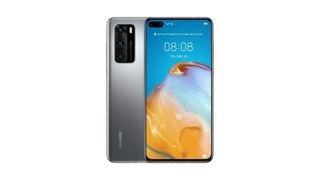
Specifications
Reasons to buy
Reasons to avoid
If you want in on the hardware design and solid cameras of the P40 series but are still cautious that they don't support Google Mobile services, you might want to go for this regular P40 considering it's cheaper than the Pro and Pro Plus.
There's no wireless charging or high refresh rate display but the design is among the best in the market and the triple camera set up takes stunning photos and videos. The Kirin 990 chipset is 5G ready, and the battery life is incredible.
But with no access to the Google Play Store or Google services it remains limited for the Western market.
Read more: Huawei P40 review
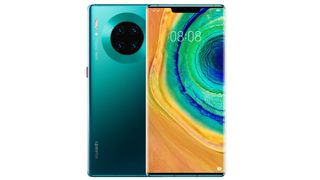
Specifications
Reasons to buy
Reasons to avoid
The Huawei Mate 30 Pro was one of the earliest casualties of the Huawei ban – so there are no Google apps on this phone, and there’s no access to the Google Play Store.
If you can get past the restricted software though, there’s some very good hardware here, including a stunning edge-to-edge waterfall display, great battery life from its 4,500mAh battery, and an excellent quad-lens camera, which outperforms most rivals in low light situations.
The Huawei Mate 30 Pro also has the same chipset as the Huawei P40 Pro, so performance is similar, and it packs most other flagship features, such as water resistance and wireless charging.
Read more: Huawei Mate 30 Pro review
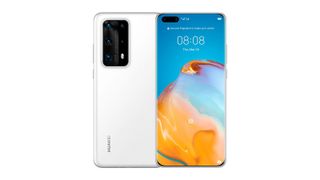
Specifications
Reasons to buy
Reasons to avoid
This phone is every bit as good as the P40 Pro and then goes the extra mile with even better cameras. We think it has the best camera system on any smartphone in 2020, with some breathtaking capabilities that put it ahead of many standalone compact cameras on the market.
It can shoot optically stabilised stills at 10x zoom and is a photographer’s dream. But without access to the Google Play Store and Google apps and services, it’s considerably hampered for daily use for all but the most tech-savvy or patient.
It means the phone won’t play nice with your Gmail account, won’t work with third party apps like Uber that use Google Maps and won’t link up to any Wear OS wearables. Even though it packs the best cameras around, 5G and great battery life, the P40 Pro Plus remains a tough sell, particularly at the asking price.
Read more: Huawei P40 Pro Plus review
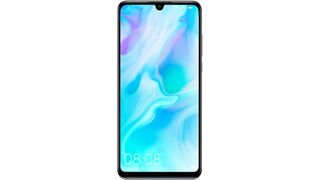
Specifications
Reasons to buy
Reasons to avoid
Despite having P30 in its name, the Huawei P30 Lite is no match for the rest of the range and nor is it a flagship. Instead it’s a mid-ranger, but it’s quite a good one.
For one thing, it looks good, with a glass-backed design that’s similar to the Huawei P30, down to the notch on the front.
It also has a similarly good screen to its pricier sibling, as it has a 6.15-inch 1080 x 2312 display with a pixel density of around 415 pixels per inch.
Plus it has face unlock, a triple-lens rear camera, an octa-core chipset and 4/6GB of RAM. However, this is a mid-range chipset and not as good as the ones some similarly priced alternatives have.
Overall, it's a solid mid-range handset, but attempting to say it belongs in the same family as the other two P30 devices feels like a little bit of a stretch.
Read more: Huawei P30 Lite review
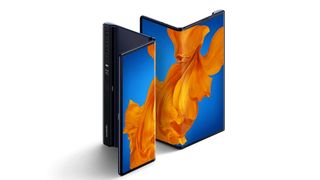
Specifications
Reasons to buy
Reasons to avoid
The Huawei Mate Xs has arguably the best foldable phone design we’ve seen so far, achieved by placing the foldable screen on the outside so it’s always visible.
This allows the Huawei Mate Xs to work effectively as both a 6.6-inch smartphone and an 8.0-inch tablet, and it’s got the specs to carry out both roles, with a high-end Kirin 990 chipset, 8GB of RAM, a 4,500mAh battery, and a great quad-lens camera.
Other than its inevitably high price the main thing that holds the Huawei Mate Xs back is the same issue most recent Huawei phones have – the lack of Google Mobile Services. So while the hardware’s great, the software is at a disadvantage.
Read more: Huawei Mate Xs review
- You could save on Huawei products with our Huawei promo codes.
- Load your phone up with the best Android apps
Get daily insight, inspiration and deals in your inbox
Sign up for breaking news, reviews, opinion, top tech deals, and more.
James is a freelance phones, tablets and wearables writer and sub-editor at TechRadar. He has a love for everything ‘smart’, from watches to lights, and can often be found arguing with AI assistants or drowning in the latest apps. James also contributes to 3G.co.uk, 4G.co.uk and 5G.co.uk and has written for T3, Digital Camera World, Clarity Media and others, with work on the web, in print and on TV.
